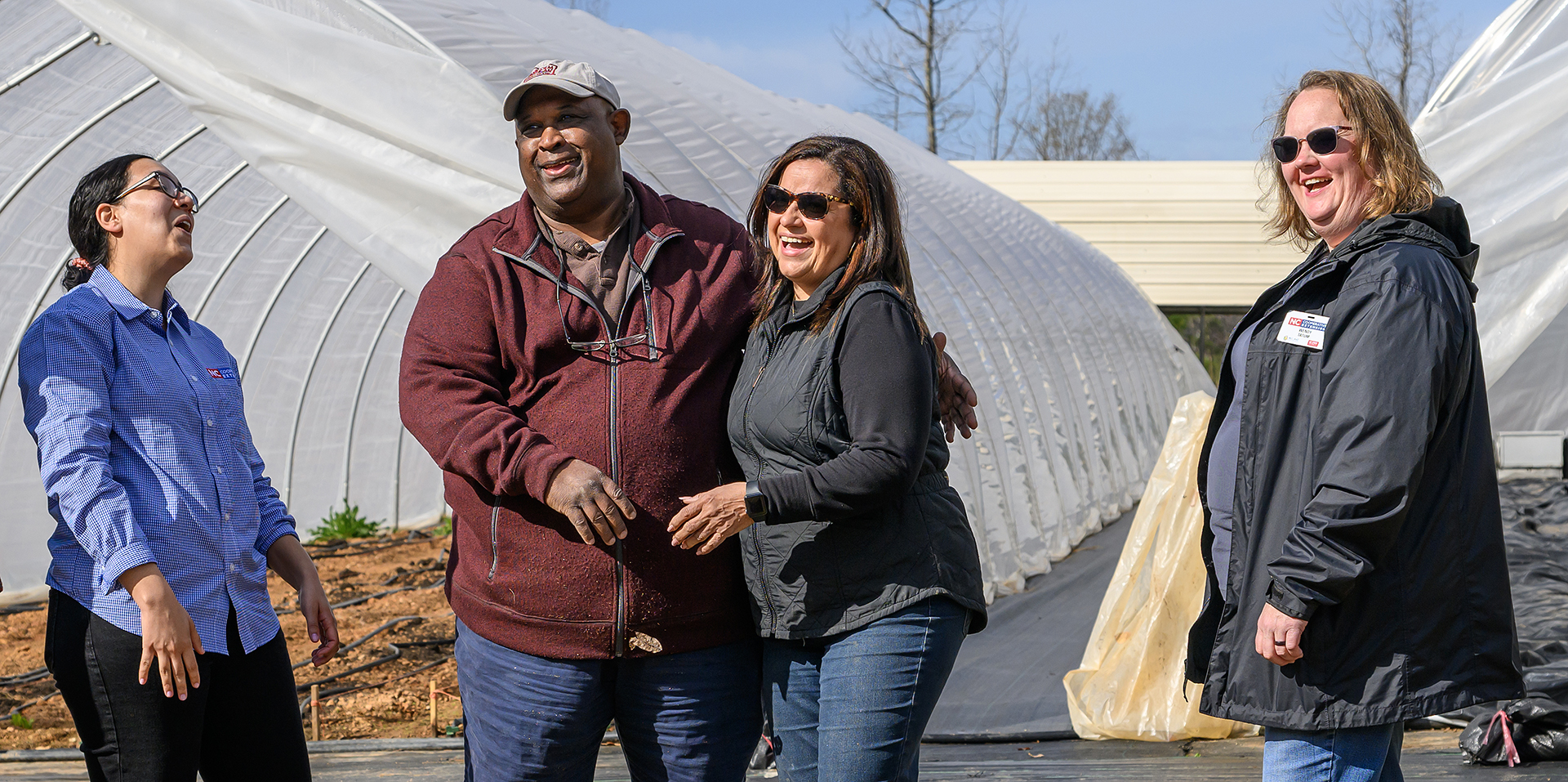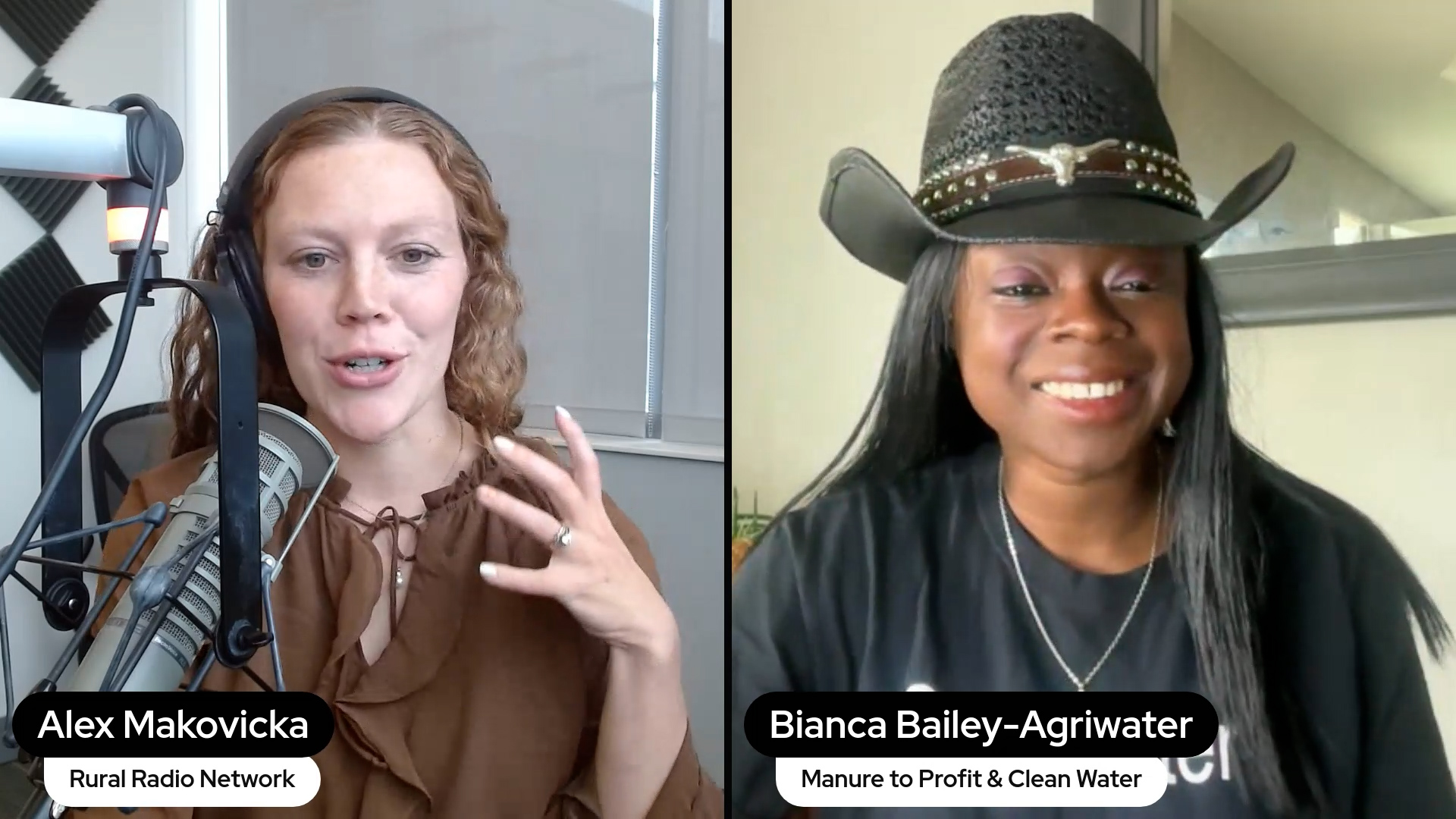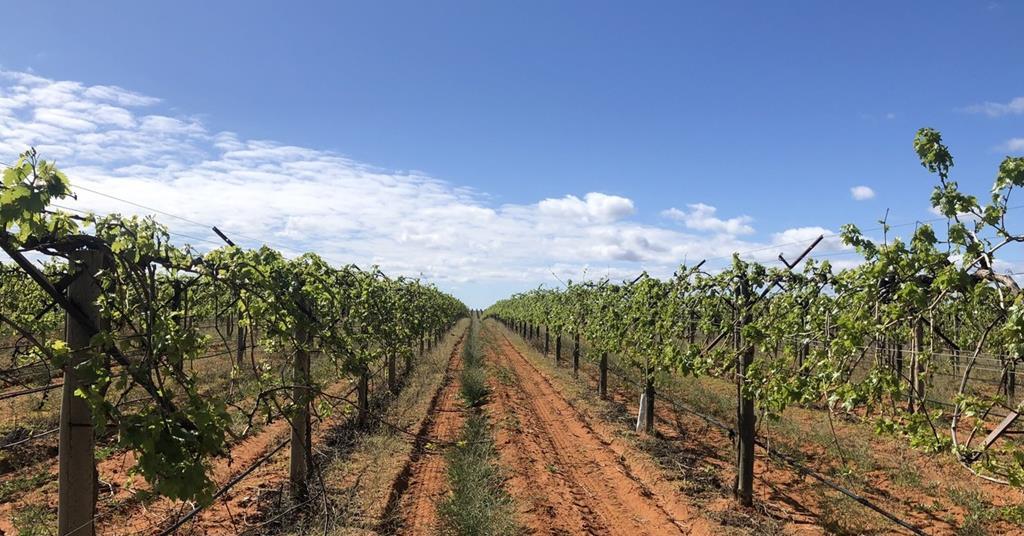The BLM Wants to Manage for Recreation and Sustainability—Why Stop It? – Outdoor Alliance

Report on the U.S. Bureau of Land Management Public Lands Rule and its Alignment with Sustainable Development Goals
Introduction: Public Land Management and the 2030 Agenda
Management of public lands in the United States is evolving to meet contemporary societal demands, with a notable increase in the valuation of outdoor recreation and conservation. The Bureau of Land Management (BLM) Public Lands Rule was finalized to institutionalize a balanced approach to managing 245 million acres, integrating conservation and recreation with traditional uses such as energy development, mining, and grazing. This report analyzes the Public Lands Rule and the implications of its proposed rescission through the framework of the United Nations Sustainable Development Goals (SDGs), highlighting the policy’s role in advancing environmental protection, economic sustainability, and public well-being.
The Public Lands Rule: An Instrument for Advancing Sustainable Development
Core Objectives and Alignment with Global Goals
The Public Lands Rule aims to modernize land management by placing conservation on equal footing with extractive uses, thereby ensuring the long-term health and perpetual use of public lands. This objective directly supports a multi-faceted approach to sustainability consistent with the 2030 Agenda. The rule’s framework contributes to several key SDGs:
- SDG 15 (Life on Land): By prioritizing the protection and restoration of terrestrial ecosystems and safeguarding biodiversity on public lands.
- SDG 8 (Decent Work and Economic Growth): By supporting the growing outdoor recreation economy, which provides sustainable employment and economic diversification.
- SDG 11 (Sustainable Cities and Communities): By ensuring communities have access to green and public spaces, which are essential for physical and mental health.
- SDG 3 (Good Health and Well-being): By protecting landscapes that facilitate outdoor recreation and promote healthy, active lifestyles.
- SDG 12 (Responsible Consumption and Production): By promoting the sustainable management of natural resources and requiring mitigation for development impacts.
Key Provisions and Their SDG Impact
The rule contains specific mechanisms that operationalize sustainable development principles:
- Formal Recognition of Outdoor Recreation: The rule codifies outdoor recreation as a core component of public land management. This provision supports SDG 8 by providing regulatory certainty for the outdoor recreation economy and SDG 3 by protecting the resources necessary for public health and well-being.
- Protection of Intact Landscapes: The rule empowers the BLM to identify and protect intact landscapes and expand Areas of Critical Environmental Concern (ACECs). This directly advances SDG 15 by conserving critical habitats, protecting wildlife corridors, and safeguarding cultural resources, contributing to halting biodiversity loss.
- Conservation and Restoration Leases: This innovative mechanism allows for active restoration and mitigation projects on BLM lands. It provides a direct pathway to achieving SDG 15.3 (combat desertification and restore degraded land). By requiring industries to offset their environmental impacts, this provision also aligns with SDG 12, ensuring that resource development is coupled with environmental stewardship.
Proposed Rescission and Implications for Sustainable Development
Rationale for Rescission and Conflict with SDG Principles
The Department of the Interior has proposed rescinding the Public Lands Rule, citing a need to “eliminate unnecessary barriers to energy development” and avoid prioritizing conservation over other uses. This rationale signals a potential shift away from the integrated approach required by the SDGs, where economic, social, and environmental objectives are pursued in a balanced manner. Prioritizing extractive industries over conservation poses a direct conflict with the principles of sustainable development, particularly SDG 15 and SDG 13 (Climate Action).
Potential Setbacks for SDG Attainment
The rescission of the Public Lands Rule could create significant setbacks for progress on multiple SDGs:
- Threats to SDG 15 (Life on Land): Without the rule’s protective measures, critical ecosystems and watersheds face increased risk from development, potentially accelerating land degradation and biodiversity loss.
- Undermining SDG 8 (Decent Work and Economic Growth): The removal of regulatory support for recreation management introduces uncertainty for the outdoor economy, which relies on healthy, accessible, and well-managed public lands.
- Impacts on SDG 3 and SDG 11 (Health and Communities): Degradation of public lands from unmitigated development could reduce the quality and availability of spaces for public recreation, negatively affecting community well-being and public health outcomes.
- Challenges to SDG 16 (Peace, Justice and Strong Institutions): Reversing a rule developed with extensive public input and broad support from diverse stakeholders, including the outdoor recreation community and businesses, risks eroding trust in public institutions and their commitment to balanced, inclusive governance.
Conclusion and Future Outlook
The Public Lands Rule represents a significant policy advancement for aligning U.S. public land management with global sustainable development principles. It provides a clear framework for balancing economic activities with the urgent need for conservation and the growing demand for outdoor recreation. The proposed rescission threatens this balance and could hinder progress toward achieving key Sustainable Development Goals. For the long-term health of public lands and the communities and economies that depend on them, a durable and balanced management framework is essential to ensure that development, conservation, and recreation are managed sustainably for future generations.
Analysis of Sustainable Development Goals in the Article
1. Which SDGs are addressed or connected to the issues highlighted in the article?
-
SDG 15: Life on Land
- The article’s central theme is the management of 245 million acres of public lands. It discusses the need to protect ecosystems, wildlife corridors, critical watersheds, and intact landscapes from the negative impacts of development. The implementation of “conservation and restoration leases” and the establishment of “Areas of Critical Environmental Concern (ACECs)” directly relate to conserving and restoring terrestrial ecosystems.
-
SDG 8: Decent Work and Economic Growth
- The text explicitly mentions the “growing outdoor recreation economy” and the “expanding economic footprint” of recreation on public lands. By advocating for policies that protect and manage for sustainable recreation, the article connects land management to economic growth through sustainable tourism.
-
SDG 12: Responsible Consumption and Production
- The article addresses the conflict between extractive uses (grazing, mining, energy development) and conservation/recreation. The Public Lands Rule is presented as a mechanism to achieve “sustainable management and efficient use of natural resources” by ensuring development is appropriately sited and includes mitigation for its impacts, which is a core principle of this goal.
-
SDG 16: Peace, Justice and Strong Institutions
- The article describes a public and participatory process for policymaking. It mentions the involvement of organizations like the Outdoor Alliance, public comment periods for the rule and its rescission, and the creation of a Federal Advisory Committee. This highlights the importance of inclusive and responsive decision-making by public institutions (the Bureau of Land Management).
2. What specific targets under those SDGs can be identified based on the article’s content?
-
Under SDG 15 (Life on Land):
- Target 15.1: Ensure the conservation, restoration and sustainable use of terrestrial and inland freshwater ecosystems. The article discusses managing public lands to “better balance conservation and recreation values with development,” protecting “wildlife corridor[s]” and “critical watershed[s].”
- Target 15.3: Combat desertification, restore degraded land and soil. The proposed “conservation and restoration leases” are designed for “active restoration” to ensure that “degraded lands are restored for both ecosystem and recreation purposes.”
- Target 15.5: Take urgent and significant action to reduce the degradation of natural habitats and halt the loss of biodiversity. The rule allows the agency to “identify and protect intact landscapes and establish or expand Areas of Critical Environmental Concern (ACECs), safeguarding places important for wildlife.”
-
Under SDG 8 (Decent Work and Economic Growth):
- Target 8.9: Devise and implement policies to promote sustainable tourism that creates jobs. The Public Lands Rule is described as a policy that helps manage for “sustainable recreation” and supports the “growing outdoor recreation economy,” which is a form of sustainable tourism.
-
Under SDG 12 (Responsible Consumption and Production):
- Target 12.2: Achieve the sustainable management and efficient use of natural resources. The article’s core debate is about balancing traditional uses like “grazing, mining, and energy development” with conservation, aiming to “ensure development happens in appropriate places and with appropriate mitigation for impacts.”
-
Under SDG 16 (Peace, Justice and Strong Institutions):
- Target 16.7: Ensure responsive, inclusive, participatory and representative decision-making at all levels. The article details the advocacy process, mentioning that the rule “reflects years of advocacy from the outdoor recreation community and many others, who submitted comments, met with officials,” and notes the formal 60-day public comment period on the rule’s rescission.
3. Are there any indicators mentioned or implied in the article that can be used to measure progress towards the identified targets?
-
For SDG 15 Targets:
- An implied indicator for Target 15.1 and 15.5 is the total area of land designated as Areas of Critical Environmental Concern (ACECs) or otherwise managed for conservation and protection of wildlife.
- For Target 15.3, a direct indicator is the total area of public land under “conservation and restoration leases” aimed at restoring degraded lands.
-
For SDG 8 Target:
- An implied indicator for Target 8.9 is the economic contribution of the “outdoor recreation economy” to the national or regional economy, which the article states has an “expanding economic footprint.”
-
For SDG 12 Target:
- An implied indicator for Target 12.2 is the number or percentage of development projects on public lands that are required to “offset those impacts through restoration work” or other mitigation measures.
-
For SDG 16 Target:
- An indicator for Target 16.7 is the level of public and stakeholder engagement in the rulemaking process, as evidenced by the mention of submitted comments, advocacy meetings, and the establishment of a Federal Advisory Committee.
4. Summary Table of SDGs, Targets, and Indicators
| SDGs | Targets | Indicators (Identified or Implied in the Article) |
|---|---|---|
| SDG 15: Life on Land |
15.1: Ensure conservation and sustainable use of terrestrial ecosystems.
15.3: Restore degraded land. 15.5: Reduce degradation of natural habitats. |
Area of land managed for conservation and recreation values.
Area of land under “conservation and restoration leases.” Number and total area of established or expanded “Areas of Critical Environmental Concern (ACECs).” |
| SDG 8: Decent Work and Economic Growth | 8.9: Promote sustainable tourism. | Economic contribution and growth of the “outdoor recreation economy.” |
| SDG 12: Responsible Consumption and Production | 12.2: Achieve sustainable management and efficient use of natural resources. | Number of development projects required to implement mitigation and restoration for their impacts. |
| SDG 16: Peace, Justice and Strong Institutions | 16.7: Ensure responsive, inclusive, and participatory decision-making. | Level of public engagement (e.g., number of comments submitted) and existence of multi-stakeholder advisory committees. |
Source: outdooralliance.org
What is Your Reaction?
 Like
0
Like
0
 Dislike
0
Dislike
0
 Love
0
Love
0
 Funny
0
Funny
0
 Angry
0
Angry
0
 Sad
0
Sad
0
 Wow
0
Wow
0
















































:focal(1500,1000)/https://media.globalcitizen.org/a6/9a/a69a4720-d8a1-4715-b596-18738d03c05c/rotary_polio_hero_image.jpg?#)







/countries/sri-lanka/photo-credit---dmc-sri-lanka.tmb-1200v.jpg?sfvrsn=dc298bcc_1#)


















